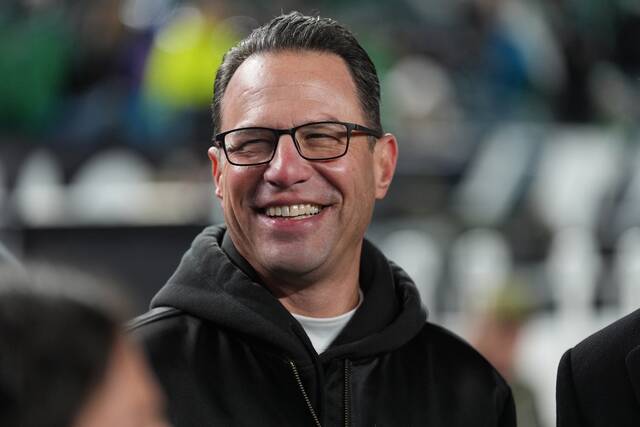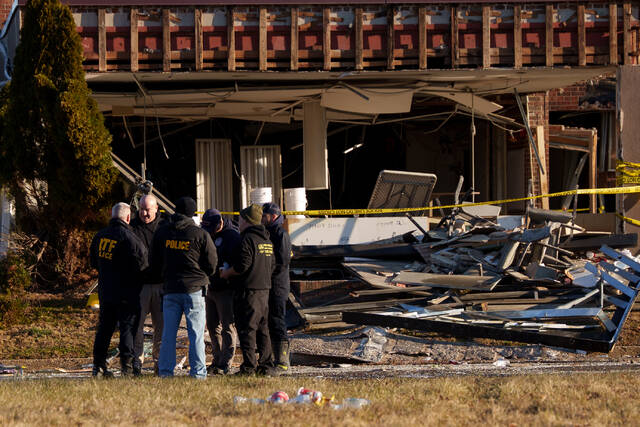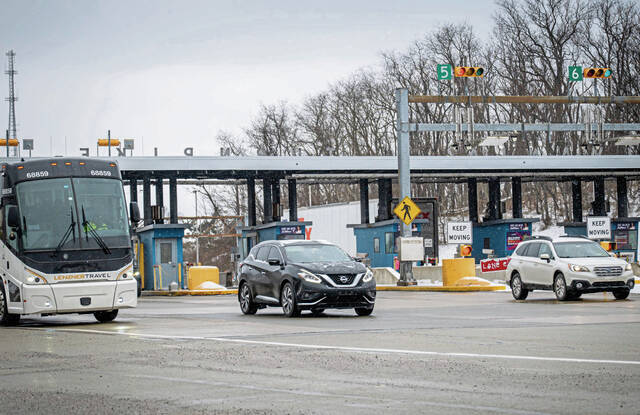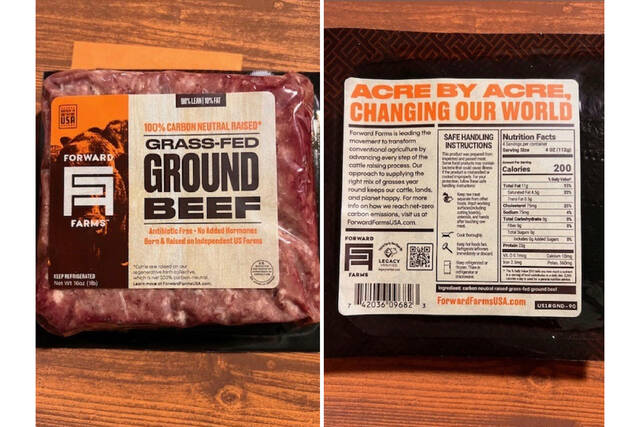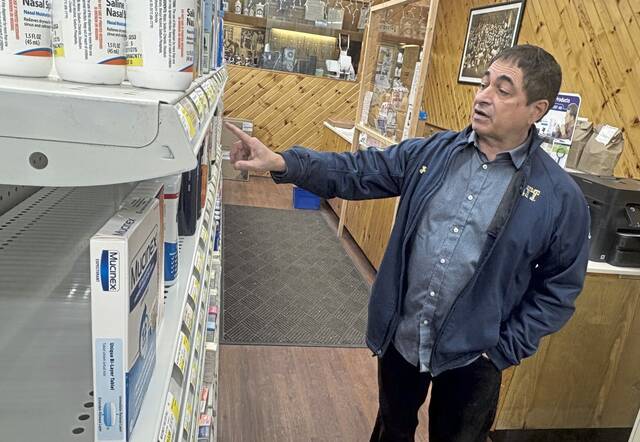Pennsylvania’s lagging coronavirus vaccine distribution came under fire Wednesday as health leaders cited poor communication and disorganization as reasons for the slow rollout and lawmakers questioned the state’s efficiency in inoculating residents.
The three-hour hearing, conducted by the House Health Committee, addressed concerns with vaccine accessibility, racial disparities, the pace and efficiency of the process, and other issues that have become prominent during the rollout. Health leaders, meanwhile, pointed out persistent flaws in how the government communicates with vaccine providers, causing difficulties with organizing clinics and administering doses.
Pennsylvania is ranked tied for 39th among the 50 states in terms of the percentage of people who have received at least one dose of the vaccine.
The hearing included testimony from hospital and community health leaders, representatives from Walgreens and CVS, and Acting Health Secretary Alison Beam.
Susan Friedberg Kalson, CEO of the Squirrel Hill Health Center, said her small staff is juggling the needs of high-risk residents when it comes to testing and vaccinations as well as other routine health needs. When it comes to vaccine rollout, Friedberg Kalson said, she has noticed miscommunication at all levels of government.
“Everything that happens at a federal level and the state level ends up on our doorstep,” she said.
Squirrel Hill Health Center received its first allocation of doses with no advance notice from the state, she said. It has since struggled with shrinking supply and a disorganized registration system. The facility also is covering the cost of new hires to oversee vaccine clinics in the absence of federal funding, she said.
Friedberg Kalson said she worried about the prevalence of people placing their names on multiple waiting lists at hospitals and pharmacies in several counties, a practice many have taken to given the lack of a centralized registration system in the state. She said it creates confusion with supply and demand as well as a “general atmosphere of competition in which the fittest and most technologically adept — who frankly aren’t the people we are charged with serving first — get the prize.”
“Given the uncertainty about supply, we need to control how many people we register,” she said. “But without any centralized system or any coordination … many people register at multiple locations, compounding the problem of no-shows and potential waste.”
Friedberg Kalson noted there may be some disagreement over the best way to coordinate registration, but “what we have now isn’t working.”
Coordinating the amount of vaccine to ask for is complicated further by a lack of communication with government officials. Richard Allen, CEO of Warren General Hospital in Warren County, said there is confusion about how allocations are determined, how much the hospital can expect to receive and when it would arrive.
“A couple of weeks ago we ordered 2,000 vaccine (doses) and we received 400,” Allen said.
Warren General Hospital is the main vaccine distributor in the county, Allen said. As of Tuesday, only one pharmacy in the county had been allocated any doses (about 200), and it quickly administered the majority of them, he said.
Both health leaders who testified said they struggle to keep up with shifting guidelines from the Centers for Disease Control and Prevention and the state Department of Health. When the state announced an expansion of Phase 1A two weeks ago, they said, they experienced an overload of phone calls and emails as the newly eligible rushed to receive doses that providers didn’t have.
“When we don’t know what’s happening, it’s very difficult for us to communicate with our community,” Friedberg Kalson said.
Counties that have their own health departments might be able to arrange mass vaccine clinics, Allen said, but most counties in Pennsylvania are relying on private hospitals and other providers that are “simply not set up” to achieve that.
When questioned by committee members, Beam said limited communication from the federal government was to blame for the state’s lack of information sent to vaccinators across Pennsylvania.
“One week’s visibility of what’s coming down the line is not enough for us to plan,” she said. “And the limited visibility that we had was then, unfortunately, transferred to the providers.”
“We were always reacting to what the federal government was advising us,” Beam added, noting there is hope in the future of having three weeks’ notice of how much vaccine is coming. “That will be a tremendous shift in what we’ve experienced to date.”
Beam said states that use centralized registration systems face their own challenges. Many have experienced difficulties with their IT systems, she said, and a registration system won’t fix the underlying problem of vaccine supply, the “predictability” issue.
Beam and other health department officials appeared confused that leaders wouldn’t know how much vaccine was coming or when, saying there has been “lots of hand-to-hand communication” and investment in keeping providers informed.
Providers across Western Pennsylvania, including the region’s major health chains, have repeated these concerns since the beginning of the vaccine rollout eight weeks ago. Beam said the health department is making a plan for a more routine communication cycle for providers as well as representatives and their constituents.




